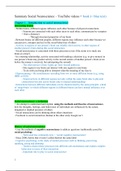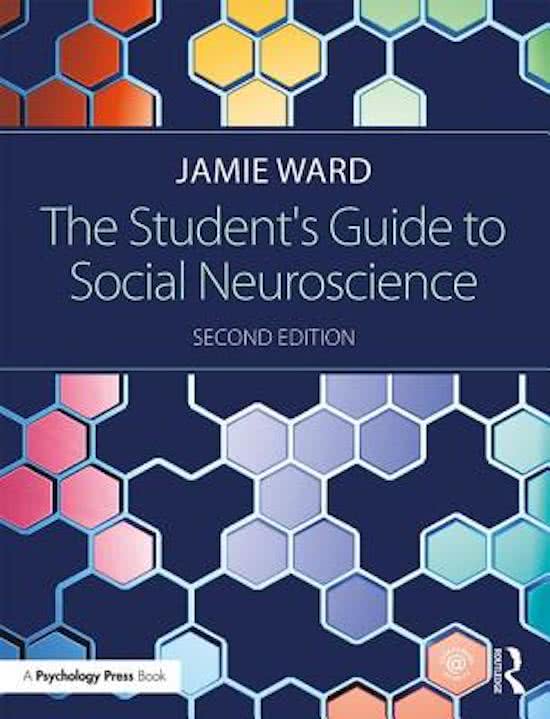Samenvatting
Summary Social Neuroscience (for MC exam chapters 1-4)
- Instelling
- Tilburg University (UVT)
Summary of Social Neuroscience for the first MC exam of chapter 1-4. I summarised the YouTube videos of Jamie Ward and added information from the textbook! Very precise and extensive!!
[Meer zien]






